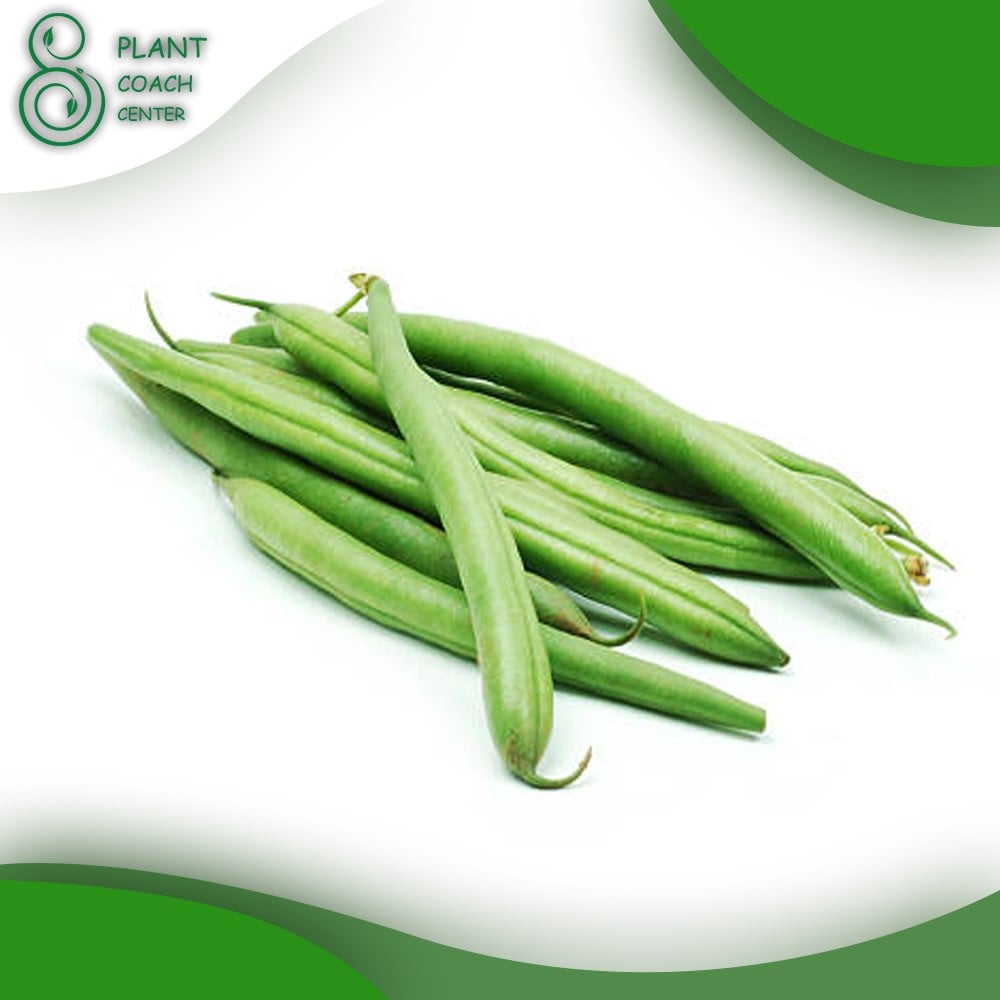When to Plant French Beans
French beans, also known as snap beans or green beans, are a popular vegetable with a delightful taste and numerous health benefits. They come in different varieties, including bush beans and pole beans, each offering unique characteristics and growth habits.
French beans are rich in essential nutrients such as vitamins A, C, and K, fiber, and folate, making them a valuable addition to a balanced diet. They can be enjoyed in various culinary dishes, including stir-fries, salads, and casseroles, providing both flavor and nutritional value to meals.
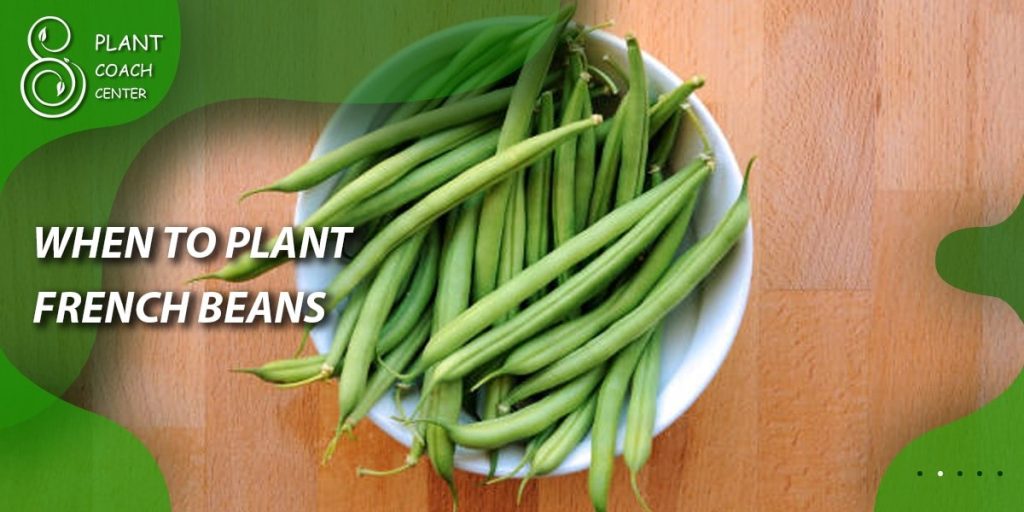
Understanding the Growth Cycle of French Beans
To determine the ideal planting time for French beans, it is crucial to understand their growth cycle. French beans go through distinct phases, starting with germination, when the seed absorbs water and sprouts, followed by the emergence of the cotyledons (seed leaves).
As the plant grows, it develops true leaves and begins to produce flowers, which are eventually followed by the formation of bean pods. The beans inside the pods mature and reach their optimal size for harvesting. Factors such as temperature, soil conditions, and daylight duration impact their growth and development, making it essential to choose the appropriate planting time.
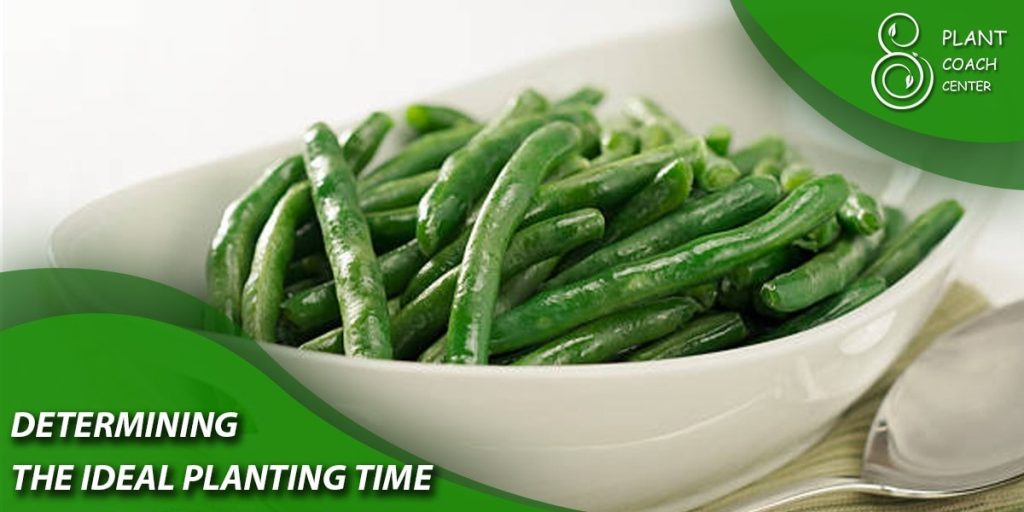
Determining the Ideal Planting Time
The timing of planting French beans plays a pivotal role in successful cultivation. Considerations such as climate, seasonal conditions, and frost tolerance are essential when deciding when to plant. French beans thrive in warm soil temperatures, typically between 60°F (15°C) and 85°F (29°C). It is important to wait until the danger of frost has passed and the soil has warmed up before planting.
Planting too early in cold, wet soil can lead to poor germination and seedling establishment. Conversely, planting too late may result in reduced yields as the plants may face extreme heat or encounter early fall frosts. Regional planting guidelines, specific to your location, can provide valuable insights into the optimal time for planting French beans in your area.
Preparing the Soil for French Beans
Creating a suitable soil environment is vital for the healthy growth of French beans. Before planting, it is important to assess the soil quality and make necessary amendments. Conduct a soil test to determine the pH level, nutrient content, and organic matter composition. French beans prefer a slightly acidic soil with a pH range of 6.0 to 6.8. If the pH is too low or high, you can adjust it by adding amendments such as lime or sulfur.
Incorporating organic matter, such as compost or well-rotted manure, improves soil structure, fertility, and water-holding capacity. Additionally, it is important to balance essential nutrients by applying a balanced fertilizer or incorporating specific nutrients based on the soil test results. This ensures that the French beans have access to the necessary nutrients for healthy growth and abundant yields.
Site Selection and Sunlight Requirements
Selecting the right location for planting French beans is crucial for their overall growth and productivity. French beans require full sun exposure to thrive and produce optimal yields. Choose a site that receives at least six to eight hours of direct sunlight per day. Adequate sunlight promotes photosynthesis, which is essential for the production of energy and the development of healthy foliage, flowers, and bean pods.
Ensure that the selected site has good soil drainage to prevent waterlogging, as excessive moisture can lead to root rot and other fungal diseases. Additionally, consider protection from strong winds, as French bean plants can be delicate and susceptible to wind damage. A sheltered location or the use of windbreaks can help mitigate the impact of strong winds on the plants.
Planting Techniques for French Beans
When it comes to planting French beans, there are two primary methods: direct seeding and transplanting. Each method has its advantages and considerations, and the choice depends on factors such as the growing season, available resources, and personal preference.
- Direct Seeding: Direct seeding involves planting the bean seeds directly into the garden soil. This method is commonly used for French beans as they have a high germination rate and are relatively easy to grow from seeds. Follow these steps for successful direct seeding:
– Prepare the soil by removing weeds and loosening it with a garden fork or tiller.
– Create furrows or rows in the soil, spaced according to the recommended plant spacing for the specific French bean variety.
– Place the bean seeds in the furrows, following the recommended spacing between seeds.
– Cover the seeds with soil, ensuring they are at the appropriate depth based on the size of the seeds (usually about 1 to 1.5 inches deep).
– Water the seeded area gently, keeping the soil consistently moist but not waterlogged.
– As the seedlings emerge, thin them to the recommended spacing to ensure adequate room for growth.
- Transplanting: Transplanting involves starting French bean seeds indoors or in a greenhouse and later transplanting the seedlings into the garden. This method provides a head start to the plants and can be advantageous in regions with shorter growing seasonsProviding Optimal Care for French Beans
To promote healthy growth and maximize yields, French beans require proper care throughout their growing season. Here are some essential care practices to consider:
- Watering: French beans need consistent moisture, especially during flowering and pod development. Water the plants deeply, providing approximately 1 inch of water per week. However, be cautious not to overwater, as it can lead to root rot and other fungal diseases. Mulching around the plants helps retain soil moisture and reduces weed competition.
- Fertilization: French beans benefit from regular fertilization to ensure adequate nutrient availability for their growth and bean production. Prior to planting, incorporate a balanced fertilizer or organic matter into the soil. During the growing season, side-dress the plants with a nitrogen-rich fertilizer, such as compost or well-aged manure, to promote healthy foliage development and bean production.
- Weed Control: Weeds compete with French beans for nutrients, water, and sunlight. Regularly remove weeds from the garden bed to minimize their impact on plant growth. Mulching with organic materials, such as straw or wood chips, helps suppress weed growth and conserves soil moisture.
- Support and Training: Depending on the variety, French beans can benefit from support structures such as trellises, stakes, or cages. These structures help keep the plants upright, enhance air circulation, and make harvesting easier. As the plants grow, gently train the vines to climb the supports, ensuring they have proper support and preventing them from sprawling on the ground.
- Pest and Disease Management: French beans are susceptible to certain pests and diseases. Implement preventive measures to minimize the risk of infestation or disease development. Regularly inspect the plants for signs of pests, such as aphids, bean beetles, or caterpillars, and take appropriate action, such as handpicking or using organic pest control methods. Monitor for common diseases like powdery mildew or bacterial blight, and promptly address any symptoms to prevent further spread. Proper garden hygiene, such as removing plant debris and practicing crop rotation, can also help reduce the incidence of pests and diseases.
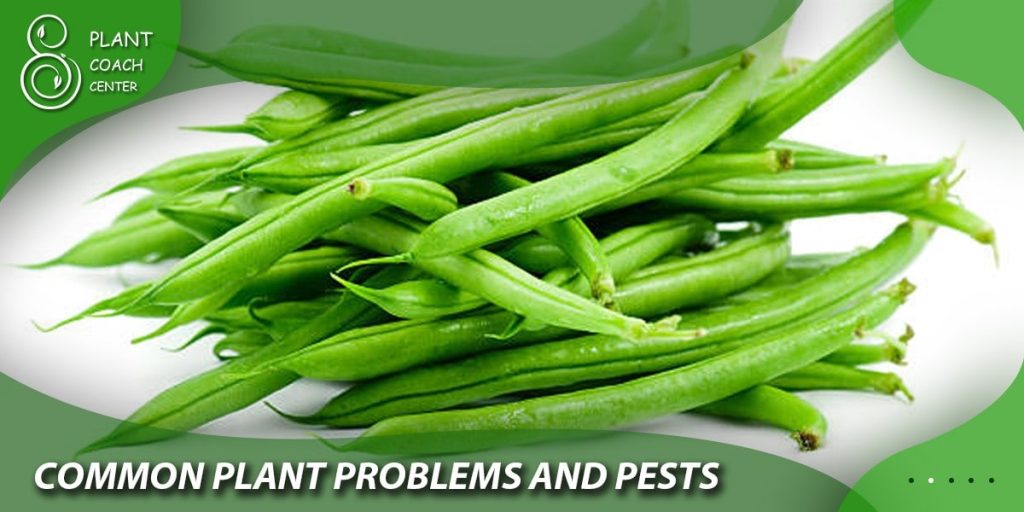
Common Plant Problems and Pests
Despite your best efforts, French beans may encounter various plant problems and pests that can hinder their growth and productivity. Here are some common issues you may face and how to address them:
- Nutrient Deficiencies: Nutrient deficiencies can manifest as yellowing leaves, stunted growth, or poor bean development. Conduct a soil test to determine the nutrient levels and adjust fertilization accordingly. If specific nutrient deficiencies are identified, such as nitrogen or potassium, supplement with appropriate organic or synthetic fertilizers.
- Fungal Diseases: French beans are susceptible to fungal diseases like powdery mildew, rust, and bean common mosaic virus. To prevent fungal diseases, ensure proper air circulation around the plants by providing adequate spacing and trellising. Avoid overhead watering, as moisture on the foliage can promote disease development. If fungal diseases occur, apply suitable organic fungicides or seek advice from local agricultural extension services.
- Pest Infestations: Common pests that target French beans include aphids, bean beetles, and caterpillars. Handpick larger pests and introduce natural predators like ladybugs or parasitic wasps to control populations. Use organic insecticidal soaps or neem oil sprays to manage aphids or caterpillars. Regularly monitor the plants for signs of pest activity and take appropriate measures to prevent severe infestations.
Harvesting and Storing French Beans
Knowing the right time to harvest French beans is crucial to ensure optimal flavor and quality. Here are some guidelines for harvesting and storing:
- Harvesting: French beans are typically ready for harvest when the pods are firm, crisp, and have reached their full size. Harvesting at this stage ensures the best flavor and tenderness. Avoid waiting too long, as the beans may become tough or stringy. Gently snap or cut the pods from the plants using garden shears, being careful not to damage the vines or nearby flowers.
- Storing: For short-term storage, place harvested French beans in a perforated plastic bag or wrap them in a damp paper towel and store them in the refrigerator. They can stay fresh for up to a week. Alternatively, blanch and freeze the beans for long-term storage. Blanching involves briefly boiling the beans, followed by an ice bath to halt the cooking process. Once blanched, pack them into airtight containers or freezer bags and store them in the freezer for up to several months.
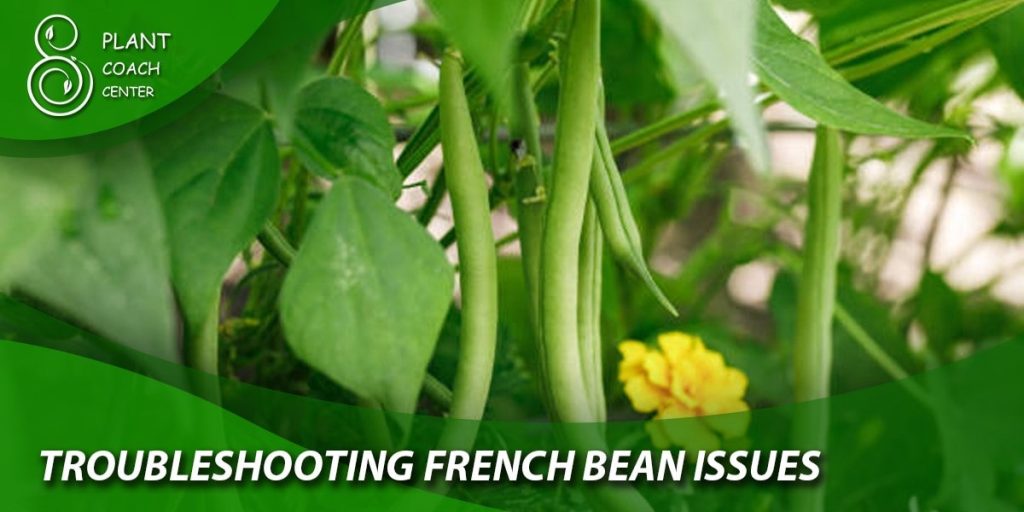
Troubleshooting French Bean Issues
While growing French beans, you may encounter various issues that can affect their growth and overall health. Here are some common problems and their potential solutions:
- Wilting or Yellowing Leaves: Wilting or yellowing leaves could indicate overwatering, underwatering, nutrient deficiencies, or root diseases. Adjust watering practices, ensuring the soil is consistently moist but not waterIntroduction to Plant Coaching
Plant coaching is an invaluable resource for both novice and experienced gardeners. At PlantCoachCenter.com, we understand the importance of providing comprehensive guidance to help you navigate plant problems and cultivate thriving gardens. In this article, we will delve into the specific topic of “When to Plant French Beans” and explore the various aspects related to successful French bean cultivation.
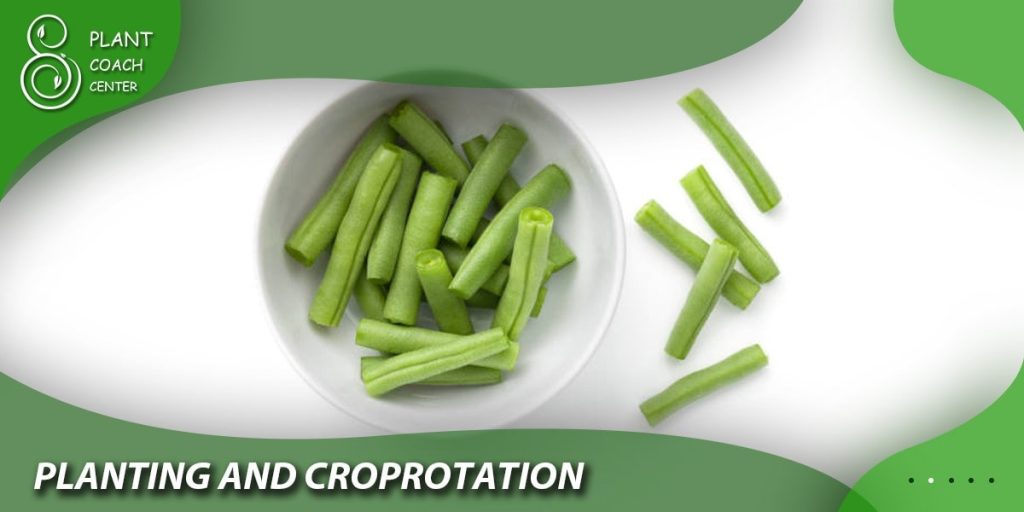
French Bean Companion Planting and Crop Rotation
Companion planting with compatible plants can benefit French beans by deterring pests, improving pollination, and enhancing soil health. Additionally, practicing crop rotation helps manage soil-borne diseases and maintain overall garden health. Consider suitable companion plants and rotation schedules for successful French bean cultivation.
French Bean Varieties and Season Extension
Exploring different French bean varieties allows gardeners to customize their growing experience. Early and late maturing varieties provide flexibility in extending the growing season. Techniques such as succession planting and using season extension tools like row covers or greenhouses can further enhance French bean cultivation.
Conclusion
Mastering the art of planting French beans requires careful consideration of timing, soil preparation, and proper care throughout their growth cycle. By following the guidelines provided in this comprehensive article, you can cultivate a thriving French bean harvest in your garden. For more gardening resources, expert tips, and additional information, visit PlantCoachCenter.com and embark on a successful gardening journey. Happy growing!
When should I plant French beans?
Spring or early summer.
Can I plant French beans in the winter?
No, it's not recommended.
What is the best time to sow French bean seeds?
Late spring or early summer.
When should I harvest French beans?
About 8-10 weeks after planting.


